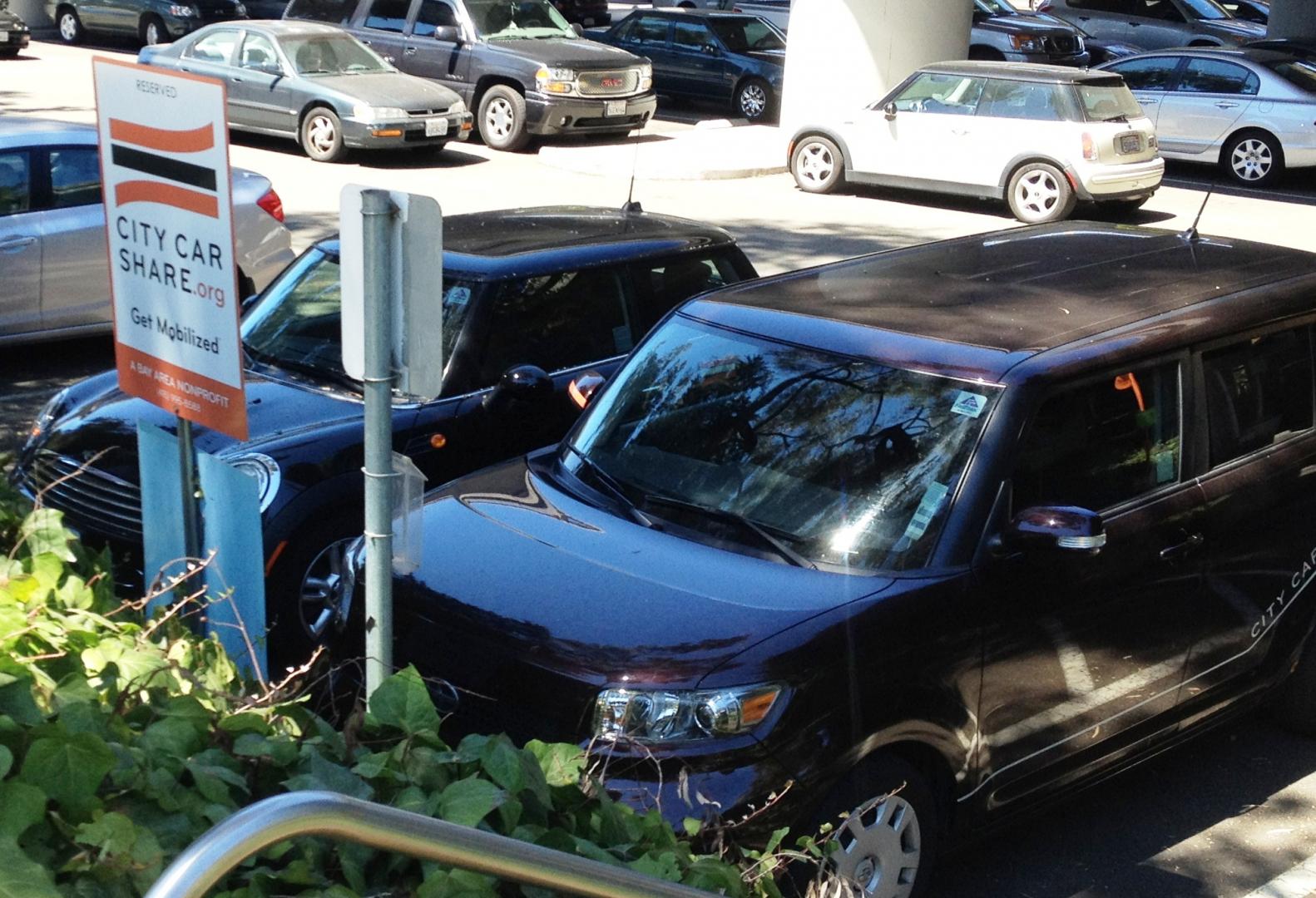New services based on the sharing economy are emerging around the world. This phenomenon seems to be most apparent in San Francisco. We decided to find out what the sharing economy is about.
San Francisco has always been about dreaming big. It was the centre of the gold rush in the nineteenth century and the hub of the hippie movement in the 1960s. Around the turn of the millennium, many start-ups found their home in Silicon Valley and were followed by venture capitalists. Today, San Francisco once again leads a revolution that is changing the world and our way of living. This revolution is called the sharing economy.
You are what you use
At the end of August, I travelled with Vesa-Matti Lahti to San Francisco to find out what the sharing economy is about and whether Finland should take it seriously. Leading experts Neal Gorenflo and Lisa Gansky helped us with the arrangements. They put us in touch with valuable contacts and organised meetings with business owners.
We wanted to experience the sharing economy first-hand during our trip. Instead of hotel rooms, we booked private accommodations via Airbnb, an apartment that was available for the time the owner was away. Private accommodations mean a little more trouble – no breakfast, lobby services or such. In return, however, you can live comfortably or even luxuriously at a reasonable price. An apartment is a better choice than a hotel, especially if you need to work closely with someone during your stay.
San Francisco offers a wide selection of car sharing services. Some of the businesses own the cars they rent out, and some act as intermediaries between owners and those needing a ride. We took a car from RelayRides for a day – its owner happened not to need it that particular day. Registering for the service requires considerable paperwork from foreigners. After that, however, the service worked smoothly and impeccably.
The centre of the sharing economy in San Francisco is SoMa (South of Market), where start-ups develop new services in renovated industrial buildings now serving as offices. Some of the companies are competitors, but they all work as a community where businesses and services support one another. The more sharing economy services are available, the more they are used and the better they serve as an alternative to traditional solutions.
Dreams become reality
In San Francisco, the sharing economy is not primarily about downshifting or protecting the environment. It is a means to achieve a standard of living people could previously only dream about. For young city dwellers, car sharing does not mean living without a car. It means they can drive a Toyota to work, a Volvo to a skiing resort and a Porsche to a date. All this without savings and loans – at a time when you are still young enough to appreciate such things.
The sharing economy may pose a threat to traditional companies, but an even greater risk lies in being excluded. General Motors, a cornerstone of traditional American industry, was once the largest company in the world. It manufactured the largest passenger cars and eventually filed for one of the largest bankruptcies in the world. The world was changing too fast, and General Motors suddenly realised it was manufacturing the wrong types of cars. The company learned its lesson and began cooperation with RelayRides in the summer of 2012. General Motors might sell to the same customer once every five years. With schemes such as RelayRides the car manufacturer is effectively able to do this much more often, even daily, which means instant feedback from customers and a thousand times as many opportunities to create added value.
Many truths
The sharing economy is not a way of working imposed from above. It is a phenomenon in which people independently create their own solutions. The sharing economy is developing in a diversity of ways around the world, always adapting to local conditions. In Europe, cities offer city bikes – or electric cars, as is the case in Paris. In the United States, services are offered by a large number of small companies that make use of investments already made by their customers or invest in equipment with the help of venture capital.
Both models have their advantages, and Finland should build on its own strengths. The ability of the American start-up model to create entirely new ways of working makes it attractive. When the number of new companies reaches a certain point, some of them will go bankrupt or wither away in silence, but the best will develop into strong businesses that respond to customers’ needs and have a solid earnings model.
The trip offered an interesting opportunity for cooperation: a delegation from the Copenhagen city administration was in town for the same reason as we were. Finland has strong expertise in technology and mobile applications, and Denmark has extensive experience in community-based solutions. Together, the two countries could support and complement one another in the same manner as San Francisco and Silicon Valley, creating favourable conditions for new business models.
A city bike system is being planned in San Francisco, but Chicago already has one. Photo: Lari Rajantie

